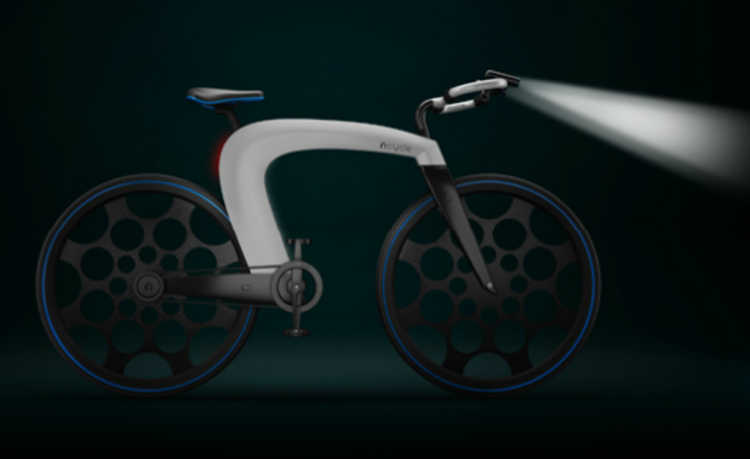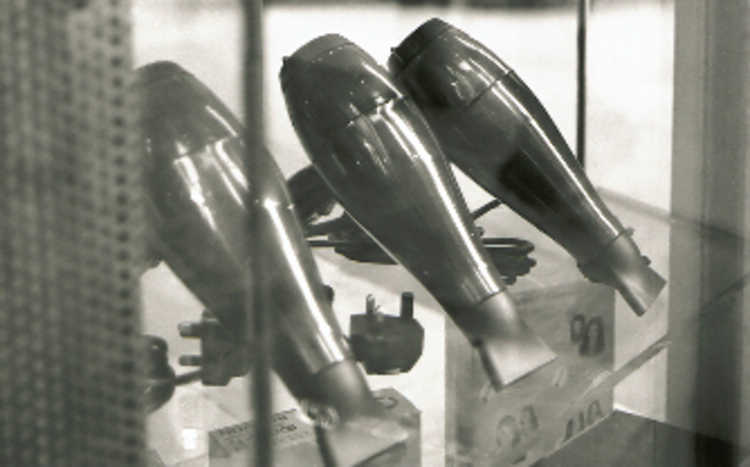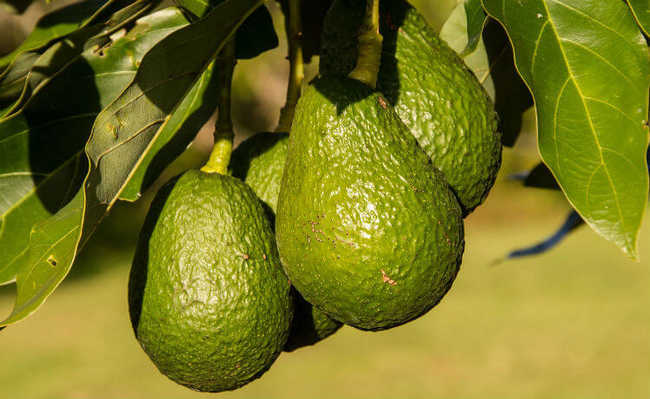Non-recyclable plastics: what are they and what to do
Most plastics are recyclable. However, there are still some non-recyclable plastics. Check the disposal possibilities

Image: Hello I'm Nik on Unsplash
It is possible to say that most plastics can be recycled. However, there are still certain types of non-recyclable plastics that bother conscientious consumers a lot when it comes to disposal. But you don't need to be so worried. Technology tends to evolve and new ways to recycle or reuse parts or all of the objects made with (currently) non-recyclable plastic can be discovered.
- Know the types of plastics
A recent example of a non-recyclable material that is advancing technology is the disposable diaper. In England, a Canadian company has already opened a factory that recycles the material, separating the plastic from the organic part and sterilizing it. Even mushrooms can be efficient in this type of process! The plant in question also handles absorbents, but reusable silicone cups can be viable alternatives.
Now that you have an idea about how difficult it is to say that an item is not recyclable (technology can evolve), get to know the non-recyclable plastics we deal with for now and check out tips on what to do with them to ease damage to the human health and the environment.
Non-recyclable plastics
Plastics used in the electro-electronic industry
Technically known as thermosets, they are non-recyclable plastics used in the production of some computers, telephones and appliances. Currently, in the city of São Paulo, several electronic products are collected by the Environmental Management Disposal and Reuse Center (Cedir) at USP. Researchers from the department of chemical engineering at the Dutch University of Groningen have developed a new recyclable plastic material for electronic components. It can be cast and reshaped without losing its original rigidity and heat resistance. It is a possible replacement for thermosets in the future, as well as being recyclable.
cellophane plastic
Normally, these non-recyclable plastics are destined for incineration or energy recycling (a process that in Brazil only exists as a study model, without practical feasibility). However, a study carried out by the Federal University of Santa Catarina (UFSC) showed the possibility of using post-consumer cellophane in the manufacture of cellulose pulp trays for packaging, transporting and protecting fresh produce.
- What is energy recycling?
Foam
The destination of these non-recyclable plastics, such as Styrofoam and EVA, is usually landfill or incineration. Materials made with mixtures of plastics, such as sponges for washing dishes, also fall into this group, as their recycling is made difficult by the mixture of plastics. Studies point to the possibility of incorporating rigid foam (made of rigid polyurethane - PUR) in the production of cement blocks and mortar.
Vacuum and metallized packaging
Incineration or energy recycling are the most recommended actions in the case of vacuum packaging. Metallized packaging, such as snacks and other processed and ultra-processed foods, are made with BOPP plastic and in theory are recyclable, but in practice this material is made up of a mixture of plastics, which makes the recycling process of these packagings very difficult. Read more in the article: "What is BOPP? Are BOPP packaging reusable?"
Disposable and absorbent diapers
In Brazil, we still do not have plants for recycling these materials. The United Kingdom and Canada, however, already recycle disposable diapers and sanitary napkins, as we saw above. Alternatively, in the case of babies, we can replace disposable diapers with cotton ones. Women in menstrual period can choose to use menstrual collectors or reusable cloth pads. Learn more in the articles: "Disposable diapers: practical and not very ecological. Learn about production, impacts and alternatives" and "Disposable absorbent: history, environmental impacts and alternatives".
pot handle
Incineration or energy recycling are the most recommended actions for pot handles made of plastic. The ideal is to choose pans that are 100% recyclable, such as stainless steel and iron. Understand the question: "What is the best pot for cooking?"
Power plug
Incineration or energy recycling are the most recommended actions for these types of non-recyclable plastics. The studies carried out by the Dutch researchers (mentioned above, in the item of thermoset plastics) indicate that alternatives may arise for the manufacture of a plastic that has the same qualities as thermosets, but with the advantage of being recyclable.
Sticker
Incineration or energy recycling are the most recommended actions - so the ideal, for now, is to avoid the consumption of these non-recyclable plastics.
energy recycling
Unfortunately, there is still no energy recycling solution in Brazil. This process, in which waste is incinerated and transformed into energy, would be one of the most viable ways of correctly disposing of non-recyclable plastics. In this case, the "least worst" would be to try to extend the useful life of your objects through upcycling (give another purpose to an old item), which does not apply to all the products described above, as it is not possible to reuse diapers or adhesives, but cellophane, pan handles, sockets and other types of plastic can be transformed, with creativity, in decorative objects. Read more about these recycling options in the article: "What is energy recycling?"
But if you don't have the same way, what is recommended is the disposal in landfills, which, theoretically, have a more organized packaging, avoiding damage to groundwater, for example.
In addition to the technological discoveries that could solve the problem of non-recyclable plastics, it is important to highlight that the National Policy on Solid Waste (PNRS), sanctioned in 2010, has a fundamental role for companies to bear the consequences of the products they manufacture and take its part in the reverse logistics of non-recyclable products.
To dispose of your recyclable plastics, go to the Recycling Stations section of eCycle portal .
Survey: Silvia Oliani. Sources: GRACH, Franciane Cristina, 2006; BOM, R.P, 2008; COLTRO et al. 2008); Modern Plastic Magazine; Plastivid;










